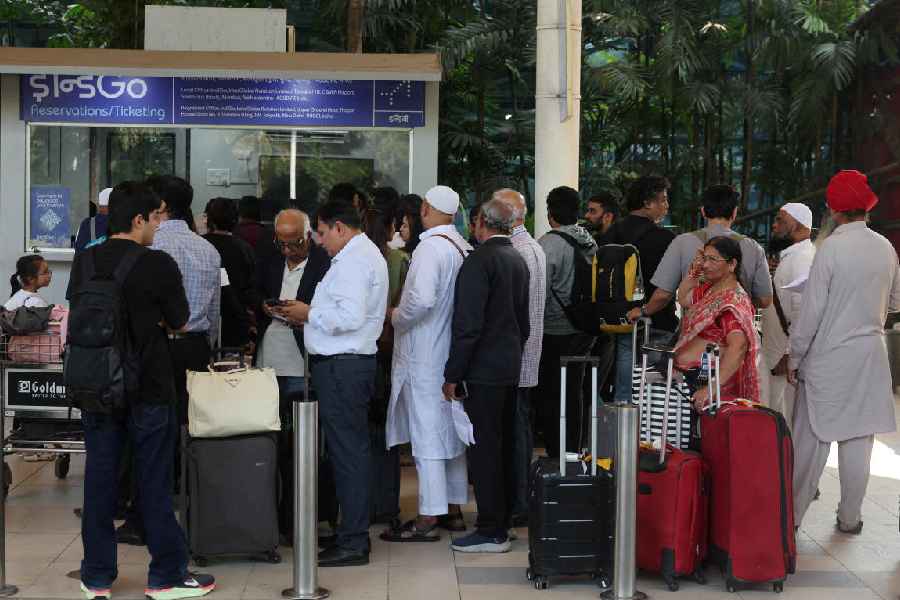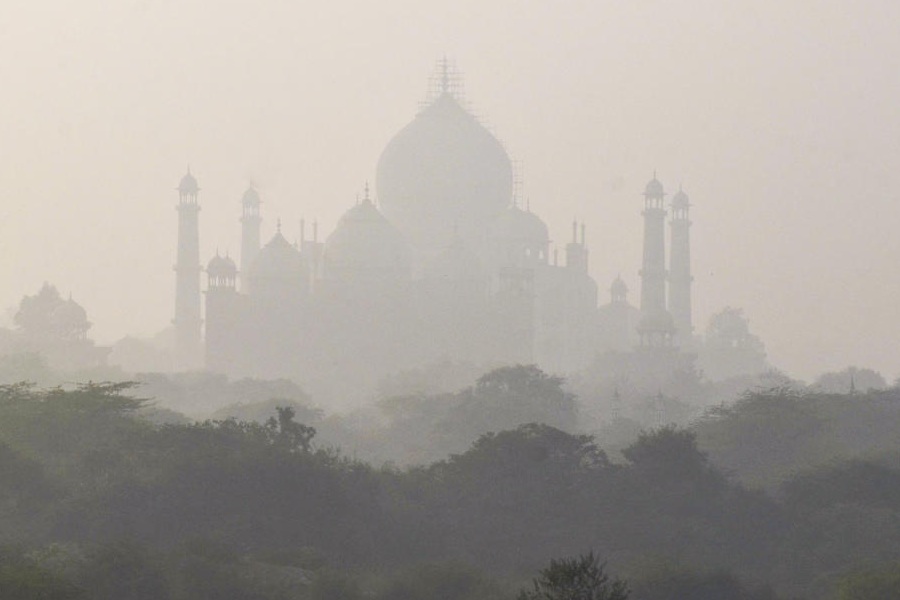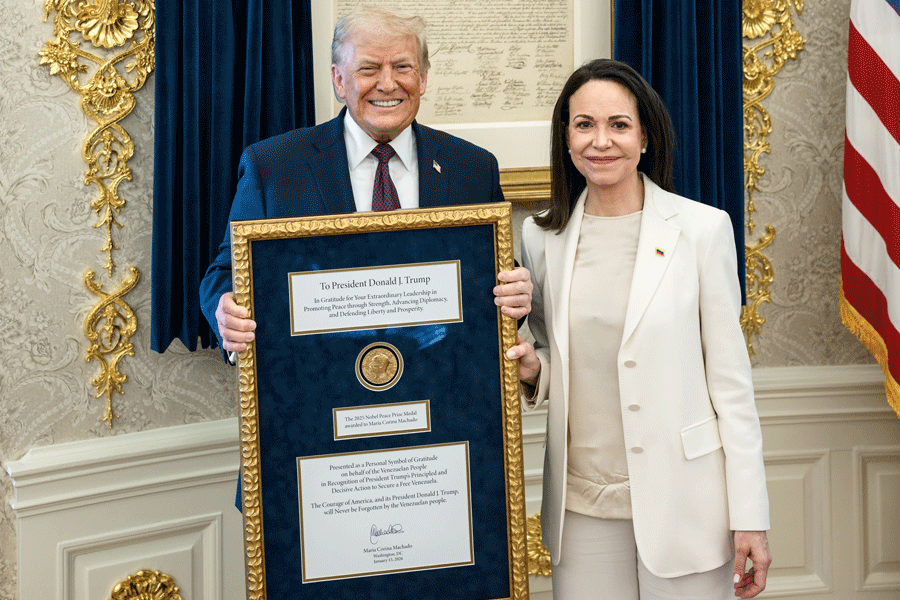|
|
A woman battles more with herself than with the world outside. She is defined by a profound identity crisis even in a ‘post feminist’ world. Her dilemma — and, as a matter of fact, her identity — are shaped by how she thinks she is being perceived and judged by others. She feels ‘watched’ all the time, which is why she needs a room of her own — a space free from society’s gaze and the constant pressure of being judged.
Sometimes, exclusive spaces are created for women in certain nooks and corners of society. These spaces are ‘forbidden territory’ for men. Such spaces are created as much by a desire for gendered ordering as by a distinct urge in a woman to free herself from the regimentation of a man’s world. The extinct andarmahal was one such space. Today the andarmahal cannot possibly exist in a home without its inhabitants being branded regressive. So the kitchen or the thakurghar has adopted its essence. In the public domain, institutions of education often create such spaces.
Schools and colleges exclusively for girls have been essential to the origin and development of women’s education in India. I studied in one such institution — Lady Brabourne College. The college had been founded in 1939 by the then Bengal government to promote education among Muslim women. Eventually it opened its gates to women from other communities, but not to men. At the time of its inception in the 19th century, the college could not have admitted male students if it wanted Muslim, or high-caste Hindu, women to enter its premises. The rules of purdah were rigid and unbreakable at that time; even progressive people who sent their girls to study in a college would not dream of letting them interact with men. As a result, Lady Brabourne College internalized the characteristics of the andarmahal. And the legacy of seclusion continued for years, even after social mindsets had become much more liberal.
Spaces created exclusively for women may seem to free them from male supervision, but that is just an illusion. The rules guiding these spaces are mostly conditioned by a patriarchal logic: that which seeks to ‘protect’ women by confining them within a closed space. The logic essentially denies women any agency over their own bodies and minds. This is ironic, given that women imagine such spaces to be a source of ‘freedom’ while the spaces serve to shackle them further. This is as true of the andarmahal as of colleges such as the Lady Brabourne. The college still carried the essence of that quaint regimentation when I joined it in 2003. Men seen waiting near the college entrance would be eyed suspiciously by teachers. During the annual fest, there would be police guarding the gates for ‘security reasons’ (the implied threat being male students from other colleges visiting the fest). Some of my fellow students, and their parents, almost preferred this aura of ‘protection’. They felt safe and relieved.
Recently I read Sultana’s Dream, an unsettling narrative by Begum Rokeya. Her wistful craving for a woman’s world, where men are kept locked indoors and women rule the roost as they are the ‘better race’, is a strange reversal of the andarmahal. This may at first appear to be a radically empowering vision, but is really a manifestation of that identity crisis every woman experiences — one which makes her want to banish men from her world so that she can be at peace with herself. Is she not banishing herself from reality in the process?












